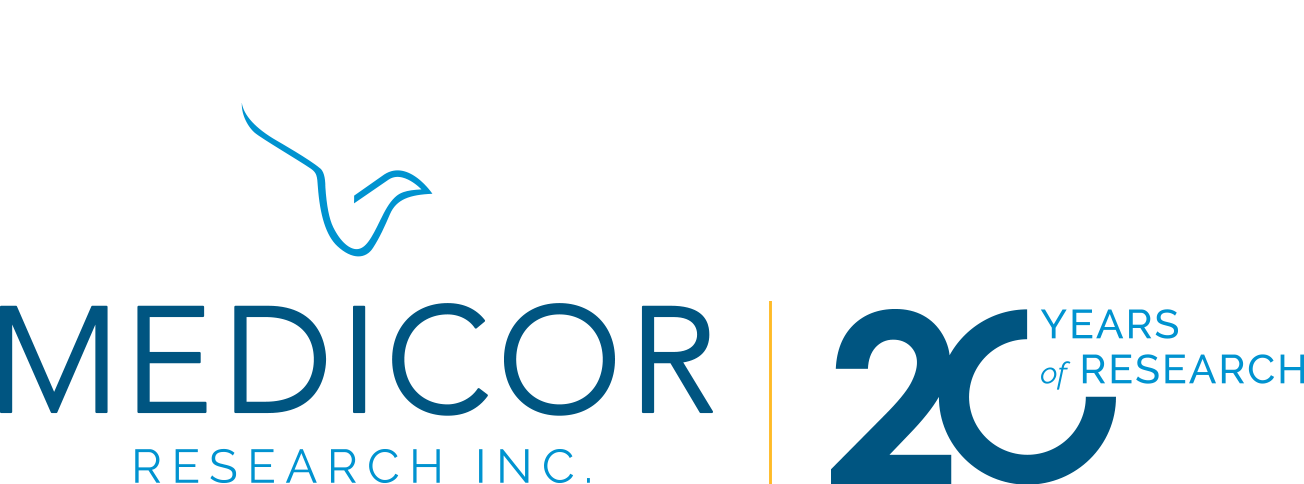One of my co-workers came up with an idea for my blog post: why don’t you try writing about regulatory and Independent Review Boards (IRB) but write it in a fun and easy to understand way. This seemed like a reasonable challenge until I sat down to write this introduction, because how do you introduce something fun using words like regulatory and IRB? I’m not sure but I think it might involve mixing fonts and random emoticons?

What Are They
In a nutshell:
- Regulatory = compliance with government rules and regulations
- IRB = compliance in terms of ethics and human safety
What’s the difference?
The difference between regulatory and IRB is the purposes that they serve. As stated above the purpose of regulatory is compliance. Simply put, the aim of regulatory is to ensure that a study that involves an intervention is conducted within the parameters of a country’s laws and regulations. In Canada our regulatory authority is Health Canada, and before we are able to enroll participants into an interventional study we must first obtain Health Canada approval. I mentioned “a study that involves an intervention” did you catch that? That’s because if a study does not involve an intervention then Health Canada approval might not be a requirement.
The purpose of the IRB is to ensure participant safety. The IRB isn’t concerned with how an interventional study lines up with a country’s rules and regulations (they lean on Health Canada for this and require their approval prior to review) they are concerned with a study being safe and ethical for its human participants. Before we are able to enroll participants into a study we must obtain approval from an IRB. As was previously mentioned some studies might not require Health Canada approval but all studies require approval from an IRB.
How do they benefit me?
I would argue that regulatory keeps sponsors and investigators accountable; accountable to the history/background of the proposed intervention and accountable to their plans for its future use. The IRB ensures that the proposed research is ethical and that the people who chose to participate in the study will be safe. How do they do this?
To start, at its core a research study is essentially an interesting possibility. Just because something has been studied, and conclusions have been drawn, it doesn’t necessarily mean that something is correct. The most suspect research has no outliers, because very few things are that linear, especially when it comes to human beings. The majority does not mean all, that’s impossible. But some possibilities are greater than others because they apply to more things, more people, and more situations more often. They’re not necessarily right (like in an absolute kind of way), they’re just more likely.
In terms of regulatory, what Health Canada is concerned with is how this possibility has been determined to be more likely. Health Canada has a sort of recipe that needs to be followed in order for a possibility to be considered likely enough for a study to move from one phase to the next. Again, I’m simplifying, but think of this in terms of a series of boxes that must be checked, if the criteria is met then the study can obtain approval but if a box is left unchecked then approval will be denied.
IRBs look at the proposed possibility in terms of how much it can benefit, inconvenience or harm a person. Members of the committee are independent (thus the “I” in IRB) therefore they have absolutely no vested interest in a study beyond its ability to safely help people. Some studies might pose a greater risk to its participants, when this happens the committee will employ a risk benefit analysis to determine that the potential benefit justifies the risk. If the potential benefit does not justify the risk then approval will be denied.
Before wrapping this up I find it necessary to clarify that you can’t determine that a study is compliant with government rules and regulations without considering the safety of human participants and you can’t determine that something is safe and ethical for human participants without paying special attention to the background and science of what is being proposed. As such, while the regulatory and IRB’s primary focus varies, their core values and rules of conduct run parallel and therefore there is a lot of necessary overlap between the two. To assume that one does not value what the other focuses on would be false.
So there you have it, a simplified version of regulatory and IRB. I don’t know that I succeeded in making this post a fun one, but I hopefully managed to make it easy to understand. In case I didn’t, please visit our contact page to get in touch with us, we welcome all inquiries and would love to answer any questions you might have.




